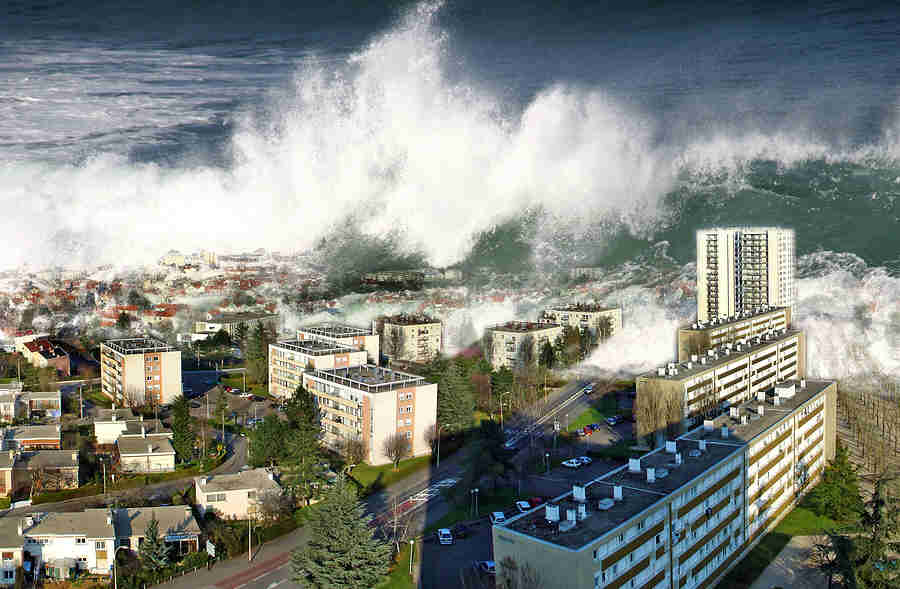The computer-telecommunications division of a company is traditionally hit the hardest in the event of a disaster. Also, the computer and telecommunications system gains a greater sense of importance in the event of a disaster: If computers and phones go down, a business is cut off from the rest of the world.

- Mapping and labeling—Every piece of equipment and hardware that makes up your computer and telecommunications network should be mapped with regard to where they are in the office, and then labeled with a unique identifier. Start by listing the serial numbers, make, model and time of purchase for each piece of equipment. Also, include passwords or security codes needed to access each piece.
- Continuity planning—Reach out to your telephone and internet service providers to enact a continuity plan. Your phone service provider should reroute your incoming calls. You’ll want to carefully choose which phone number, such as a cell phone, you choose to use as the new end point for these calls. Your internet service provider can provide you with remote access to your internal network so you can access office documents until service can be fully restored.

- Conduct telecommunications assessment—This assessment should pinpoint where the biggest system crash may occur. By identifying that point, you can put a plan in place that reroutes information around the stress point and reduces the impact of a disaster.
- Account for interruptions and accidents—An accidental liquid spill in the server room could render your business unavailable for a day or two. Air conditioning can go out in the middle of a heat wave. It’s important to account for accidents that may cause an interruption in your business. For example, contact your power and air conditioning provider to create a plan to protect your equipment, and find out how long it could take to get these systems up and running if service is interrupted. Also, consider a backup generator or two if that’s a feasible solution for your business.
- Plan restoration service—It’s best to contact and establish a restoration service that handles fire, water, and weather emergencies before the disaster actually occurs. Get the restoration company to come to your facility and assess a timeline for how long the clean-up could take, given the level of disaster.
- Identify the costs of keeping systems running—Write down, in detail, the expense that relate to keeping your telecom and phone systems running. Include costs of restoration services and any other damage-repair services you’ll need to hire. Then, determine these costs for a minor vs full-scale disaster.
- Set chain of command—Disasters are generally times of chaos in an office setting but having a chain of command gives greater sense of leadership and calmness to the office. In this chain of command should be someone designated to shut down the computer network and someone to redirect the phone system (usually from the IT department because of their familiarity with these systems).

- Plan for various degrees of disaster—A partial service recovery at the main office shuts down part of the office but will not likely cause an elongated interruption. Locate an office ahead of time if you have to relocate a department. A full service recovery such as office fire or water damages generally does cause an interruption for your entire organization. When scoping out a secondary location for this scenario you’ll want to consider if your phone and internet service personnel can install the necessary equipment that will allow your office to receive calls and the network.
- Meeting and training—Your disaster recovery plan will only work towards reducing the impact of a disaster if everyone in the office is on board. After completing your plan you should hold a company-wide staff meeting to make everyone aware of the policies and procedures in place for disaster recovery. Have employees provide any access codes or passwords for system components that require it to their department managers. Also, new employees should be trained on what to do in the event of a disaster during their orientation. Finally, make sure you hold regular meetings with your disaster preparedness team to ensure everyone remains up-to-date. Furthermore, make a point of refining your disaster recovery plan as your business grows and evolves. Your disaster recovery plan should be a living, breathing document.
Want a more general disaster checklist focused on your business as a whole? Check out our Essential Disaster Recovery Checklist For Every Business, or for the full disaster recovery guide click the PDF download picture below!
